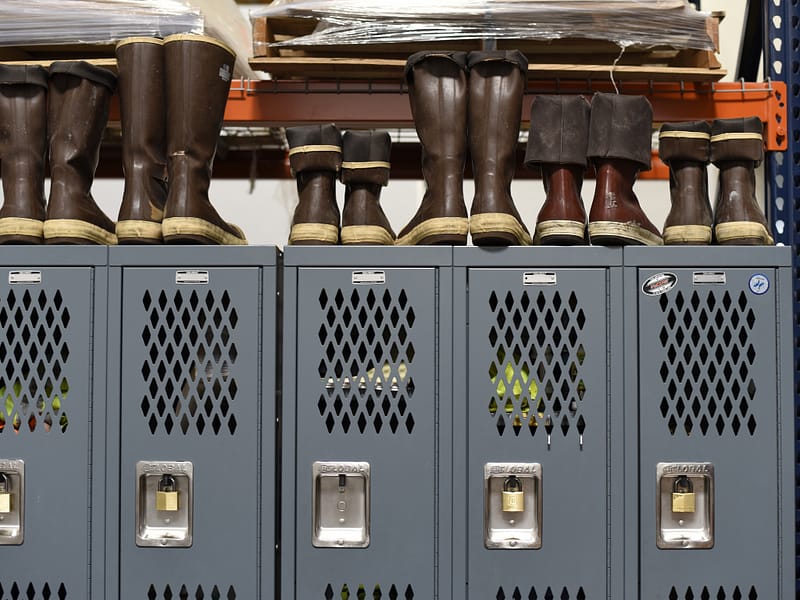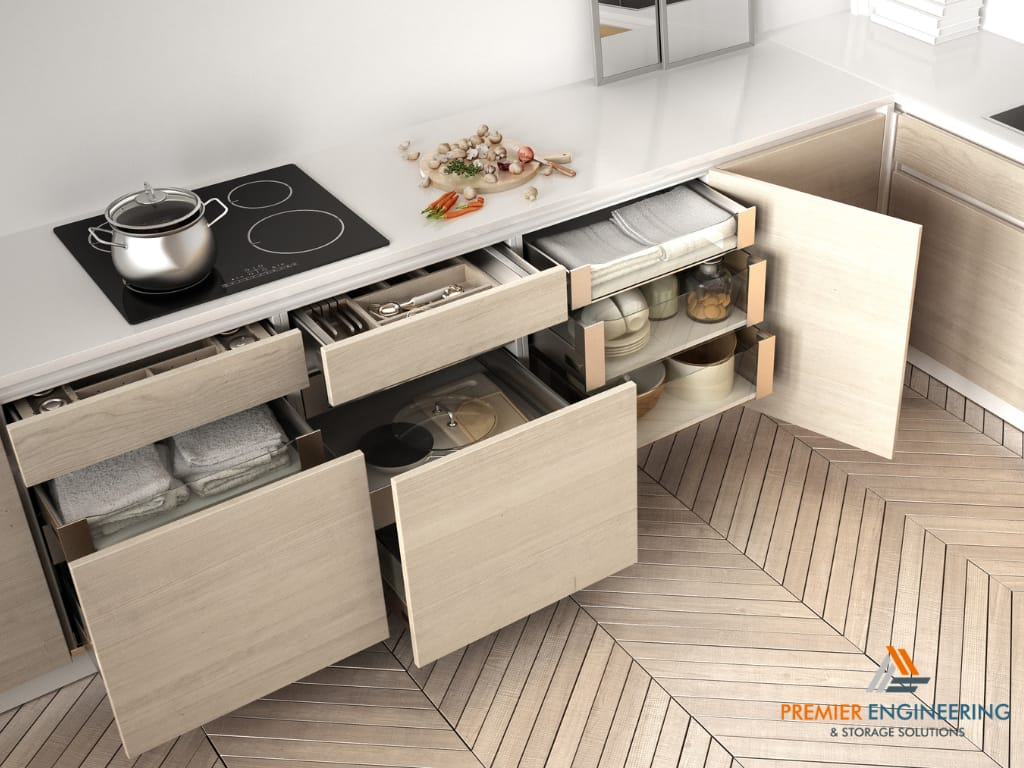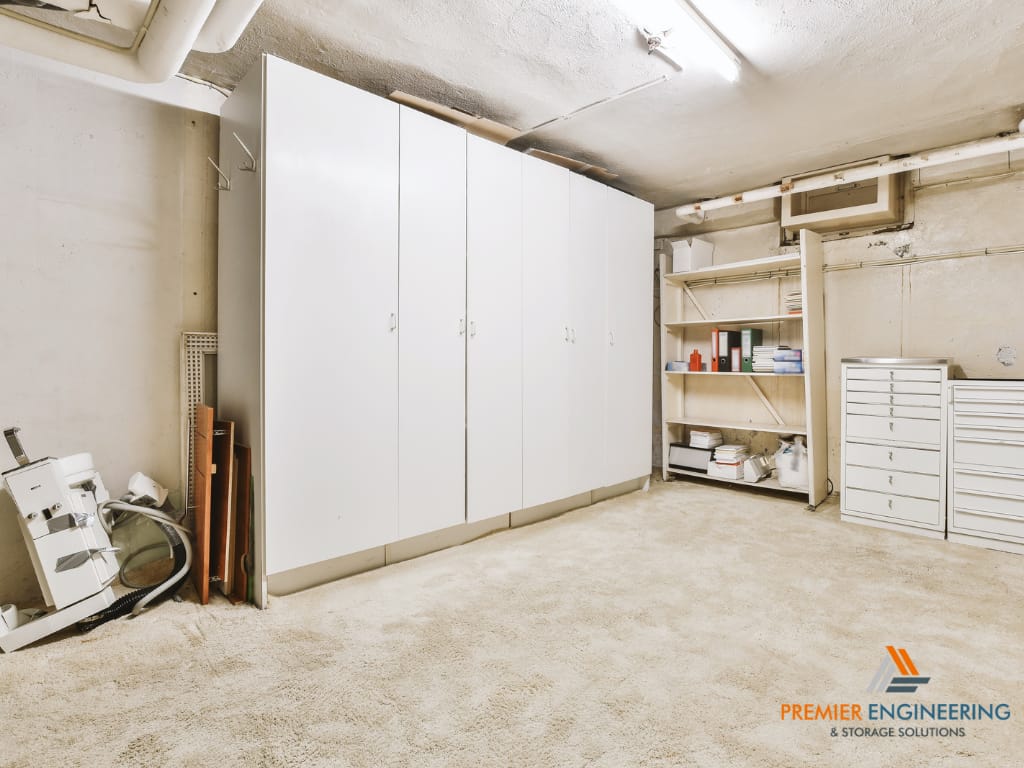Shelving units are chosen not solely based on aesthetic appeal but are often dictated by the specific demands of the environment where they will be placed. It is recognized that a metal storage cabinet might serve an industrial setting well, whereas a sleek set of floating shelves could better suit a modern living room. The selection of the right shelving units becomes crucial when considering the variations in load requirements, spatial constraints, and the functional needs of different settings.
For instance, in a home environment, a warm wooden bookshelf could add to the cozy ambiance of a study, while metal shelves might be favored in a garage for their strength and durability. In commercial spaces, storage solutions need to not only be robust but also align with the visual merchandising to attract customers. In stark contrast, industrial environments demand shelving units that prioritize functionality and safety over aesthetics, often opting for heavy-duty metal storage options.
Shelving Units for Home Use
What Are Common Types of Shelving Units Used at Home?
At home, shelving units serve as both storage solutions and decorative elements. Bookshelves are often found in living rooms and studies, offering a classic way to display literature and decor. Wall-mounted shelves are favored for their space-saving qualities and are frequently used to house ornaments and photos. Free-standing units provide flexible storage solutions and can be moved as needed. Corner shelves maximize otherwise unused spaces, and cube storage and modular units offer customizable solutions that can grow and change with a family’s needs.
How to Choose a Shelving Unit for Specific Rooms in Your Home?
- Living Room
Style and Function: Select shelving that complements your decor while offering ample space for books, electronics, and display items.
Material Choices: Consider durable materials that can handle the weight, such as wood or metal, for long-term use.
- Bedroom
Personal Space: Look for shelving that fits personal items, from bedtime books to personal mementos.
Space Savers: Wall-mounted or corner shelves can free up floor space, making the room feel larger.
- Kitchen
Accessibility: Choose shelving that allows for easy access to frequently used dishes and ingredients.
Hygiene and Maintenance: Materials that are easy to clean and resistant to moisture, like stainless steel, are ideal.
- Bathroom
Moisture Resistance: Opt for shelving made from materials that withstand high humidity and are easy to wipe down, such as glass or treated metal.
Size and Proportion: Consider compact, tiered shelving units to maximize space without cluttering the room.
- Garage or Basement
Durability: Heavy-duty metal shelving units are best suited for tools and equipment due to their high weight capacity.
Organization: Look for shelving with options for bins and labels to keep items neatly sorted and easily accessible.
What Should You Consider for Safety and Durability in Home Shelving?
The safety and longevity of shelving units in a home setting cannot be overlooked. It is advised that the material strength be matched with the intended use; for instance, heavier items require shelves with greater load-bearing capacity. Secure mounting to walls is imperative, especially in homes with children, to prevent tipping or collapsing. Additionally, when child-proofing is considered, the selection of shelving with rounded corners and secure locking mechanisms for cabinets is recommended to protect the little ones.
Shelving Units for Office and Commercial Spaces
What Types of Shelving Units Work Best in Office Settings?
In office environments, organization and accessibility are paramount. Metal shelving units are often utilized for their robustness and are capable of bearing the weight of files and heavy books. Flexibility in office layouts is facilitated by modular systems, which can be rearranged or expanded according to changing business needs. Additionally, mobile shelving units with casters are favored in dynamic office spaces, as they can be easily moved to create room for events or to reconfigure workspaces.
How to Optimize Storage in Retail with the Right Shelving?
The presentation of products in retail settings is enhanced by adjustable shelving, which allows for customization to the size and shape of various items. Shelving that offers both durability and flexibility is sought after for inventory storage, ensuring that a wide variety of stock can be accommodated securely. When customer interaction is considered, shelving must also meet aesthetic considerations, with the chosen design enhancing the overall shopping experience and complementing the store’s branding.
Industrial Shelving Units
What Are the Characteristics of Industrial Shelving Units?
Shelving units in industrial settings are recognized for their heavy-duty materials and construction. The design of such units is required to support high weight capacities and maintain stability under significant load. For various applications in warehouses and manufacturing plants, shelving configurations can be customized, allowing organizations to adapt to specific storage needs and optimize space efficiency.
Selecting Shelving Units for Specialized Industrial Needs
Different industrial applications necessitate specialized shelving solutions. For instance, in food storage and cold environments, shelves must withstand low temperatures and be easy to clean to maintain hygiene standards. Shelving that is intended for chemical storage must comply with safety regulations, ensuring resistance to corrosive substances and the inclusion of containment features. Moreover, shelving suited for outdoor use or harsh environments is designed to endure extreme conditions, often featuring weather-resistant coatings and robust structural integrity.
Maximizing Space in Small Business Environments
How Can Shelving Units Enhance Space in Small Businesses?
In the confines of small business premises, space is a commodity that must be utilized to the fullest. Vertical space utilization is a strategy widely adopted, where shelving units extend upwards rather than outwards, thereby conserving precious floor space. Units that serve multiple purposes, perhaps integrating workspaces with storage, are seen as invaluable assets in such settings. Furthermore, clever space-saving tips, like using sliding components or collapsible shelving, are frequently employed to adapt to the ebb and flow of daily operations.
Innovative Shelving Solutions for Startups and Creative Spaces
The unique demands of startups and creative spaces are met with innovative shelving solutions. Customizable and reconfigurable units are preferred, providing the flexibility required for such dynamic environments. Shelving with a focus on aesthetics and design can serve as a focal point, reflecting the creative ethos of the company while fulfilling storage needs. In addition, shelving designs that incorporate technology and media—such as built-in charging stations or areas for audio-visual equipment—are increasingly commonplace, blending functionality with modern tech needs.
Shelving Unit Cost Estimate for Small Business Optimization
| Shelving Solution | Description | Estimated Cost Range |
| Vertical Space Utilization | Standard metal shelving units, 7 ft. tall | $100 – $200 per unit |
| Multipurpose Units with Integrated Workspaces | Custom-built units combining storage and workspace | $200 – $500 per unit |
| Space-Saving Tips and Tricks | Accessories like under-shelf baskets, hooks, etc. | $10 – $50 per accessory |
| Customizable and Reconfigurable Units | Modular shelving systems with adjustable components | $150 – $400 per unit |
| Aesthetics and Design-Forward Shelving | Designer shelving units with a focus on visual appeal | $250 – $600 per unit |
| Incorporating Technology and Media | Shelving with built-in charging stations or brackets for screens | $300 – $700 per unit |
Conclusion: The Right Shelving for Your Space
In conclusion, the selection of the appropriate type of shelving unit is of great importance. It is advised that a careful consideration be given to the functionality, aesthetics, and space requirements of the intended environment. Aesthetically pleasing shelving that clashes with the practical needs of a space is ill-advised, just as purely functional shelving may not suit customer-facing areas.







